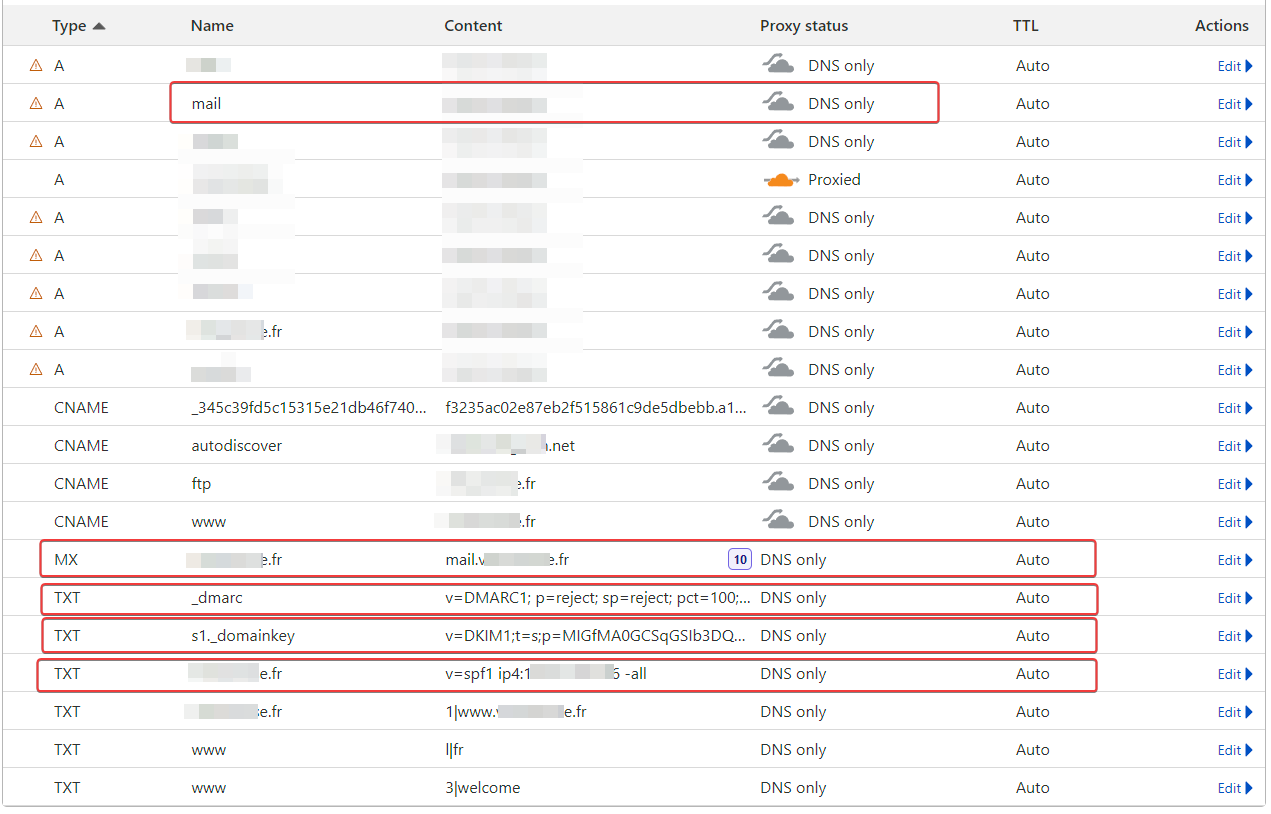I’ve been using this service for a couple of days now, and it’s made my internet access so much faster. That alone is a plus, and I never thought there would be a contender for Cloudflare in this area.
Tutorial for secure emailing with personal domain,Cloudflare, virtualmin and postfix
-
@DownPW said in Tutorial for secure emailing with personal domain,Cloudflare, virtualmin and postfix:
since I didn’t have Telnet on hand I tested a website which told me OK
I have to confess, I installed the
telnet-clienton your server for diagnostic purposes. -
@DownPW said in Tutorial for secure emailing with personal domain,Cloudflare, virtualmin and postfix:
I will make them an unblocking request.
Curious to know how you got on with this…
-
sorry for the late response my friends. They unblocked port 25 very quickly and I can send emails;
Just that the domains in caramail.com refused my sending of email for obscure reasons and protonmail, I receive them but in spam with an error message
I will share all its errors with you to see and I would like to deepen that the DMARC, and DKIM puts the private/public key which I do not really understand (see my request above)
-
@DownPW emails are going to junk because of missing DNS records as I mentioned previously. You won’t need to use the public and private keys unless you need extended and/or advanced functions.
-
I have the DNS pointers present

-
@DownPW not all are there. The
SPFrecord is missing. That’s enough to place email you sent into junk at the recipient end. -
Spf is on the screenshot
-
@DownPW sorry, yes, it is. Completely missed that.
-
@DownPW Can you PM me your domain name so I can run a few tests?
-
Yep no problem
-
@DownPW thanks. See PM. You can validate your domain in terms of its email suitability by using the checker below
https://emailhealthcheckup.com/
In addition, there are some great generators and checkers here
-
@DownPW any update?

